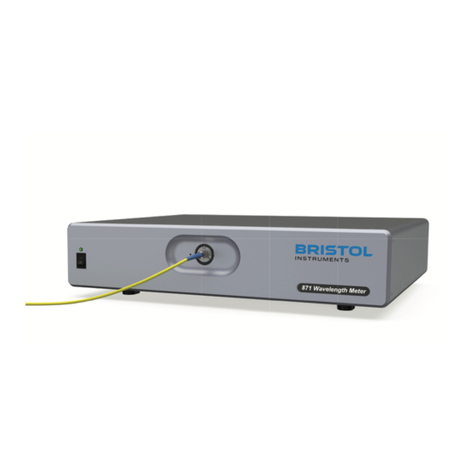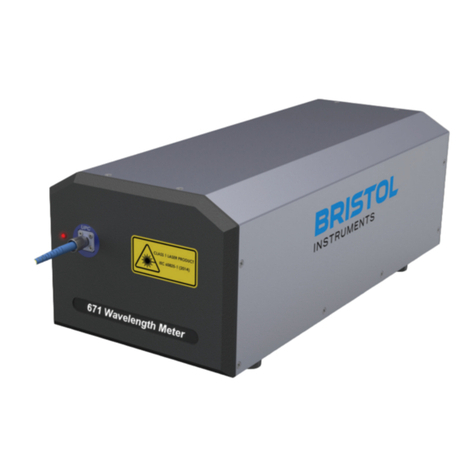1INTRODUCTION.......................................................................................................................4
Welcome....................................................................................................................................4
Safety Notices............................................................................................................................4
General Safety Considerations..................................................................................................5
Inspection ..................................................................................................................................6
2INITIAL INSTRUMENT SETUP ................................................................................................7
General......................................................................................................................................7
Power Supply Connections .......................................................................................................7
Signal Output Connections........................................................................................................8
Software Installation ..................................................................................................................9
3LASER INPUT –VIS AND NIR VERSIONS...........................................................................10
Fiber-Optic Laser Input............................................................................................................10
Free-Beam Laser Input............................................................................................................11
4LASER INPUT –IR AND MIR VERSIONS.............................................................................13
Installation of Adjustment Feet................................................................................................13
Alignment of Laser Under Test................................................................................................14
5USING THE LASER WAVELENGTH METER .......................................................................16
Operation Instructions .............................................................................................................16
Wavelength Screen .................................................................................................................17
Trend Screen...........................................................................................................................18
Menu Function Descriptions....................................................................................................20
6 APPLICATION PROGRAMMING INTERFACE (API)............................................................24
LabVIEW Program Interface....................................................................................................24
Custom Program Interface - Windows .dll Function Calls.......................................................26
Custom Program Interface - Direct Communication................................................................28
APPENDIX A –SPECIFICATIONS...............................................................................................32
APPENDIX B –WARRANTY & SERVICE ...................................................................................33
Warranty..................................................................................................................................33
Service.....................................................................................................................................33
APPENDIX C –CODE UPDATES ................................................................................................34
APPENDIX D –MONITOR PORT.................................................................................................35
APPENDIX E –TROUBLESHOOTING.........................................................................................36
APPENDIX F –FIBER-OPTIC CLEANING INSTRUCTIONS ......................................................37
Declaration of Conformity...........................................................................................................38






























